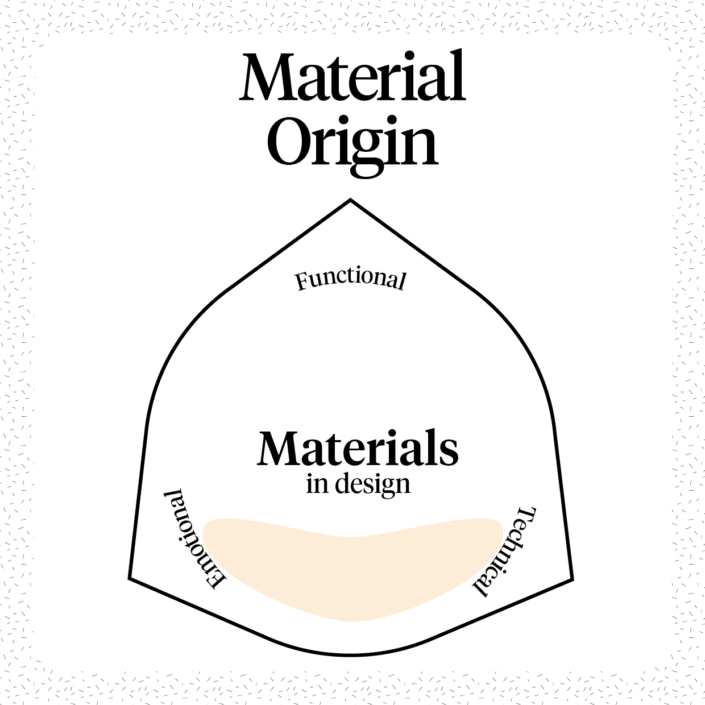What?
Bio-synthetic materials can either be synthetic imitations of materials found in nature (1) or modifications of naturally occurring materials to obtain alternative properties (2). This includes plastics made entirely or partly from renewable resources such as corn starch, waste, fats etc.
Why?
Many materials found in nature are superior to the materials we can produce synthetically (1) and by slightly altering naturally occurring materials, they can e.g. withstand different climates or give a better yield (2). This means a potential overall increase in resource efficiency, for example by reducing carbon emissions.
Challenges
- Using alternative resources to produce materials may cause shortage of resources in other sectors.
- Production of bio-plastics use agricultural land that could otherwise be used for food production or by wildlife.
- It is essential to explore possible implications of altering naturally occurring materials and making them part of the eco-system.
Examples
- Genetically modified (GMO) crops such as cotton and soy that have been modified to become pesticide resistant (both) or to improve the quality of the fatty acids (soy).
- PlantBottle, used by CocaCola in some regions is a PET made out of 30% plant-based material.
- The company Bolt Threads is working on synthetically producing silk.
Further Reading
Ashby (2016). Chapter 8 – Scaling Up Biopolymer Production. In: Materials and Sustainable Development. Butterworth-Heinemann, pp. 117–33.
Le Feuvre & Scrutton (2018). A living foundry for Synthetic Biological Materials: A synthetic biology roadmap to new advanced materials. Synthetic and Systems Biotechnology 3(2), pp. 105–12.
Oxman (2015). The Intersection of Technology and Biology. TED Talk.












